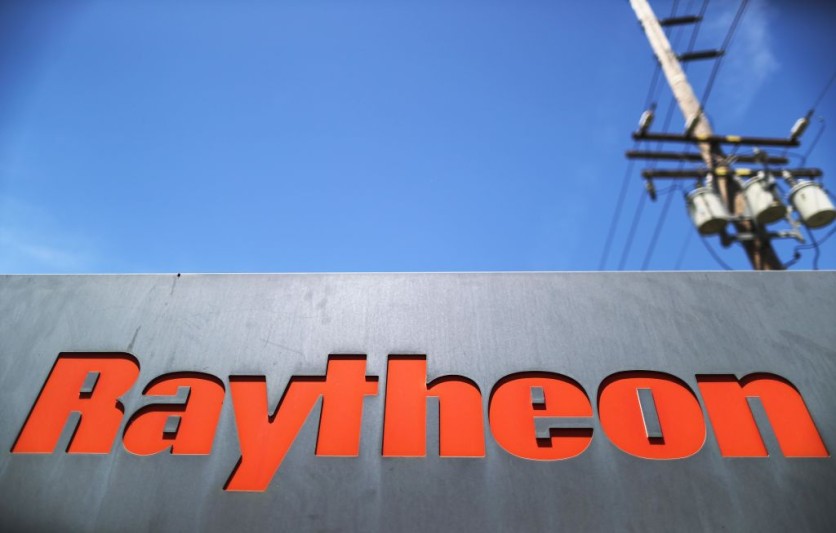Raytheon has been awarded a three-year, $31.3 million contract by the Naval Surface Warfare Center Dahlgren Division to develop and test two high-power microwave antenna systems.
These cutting-edge systems are slated for integration into directed energy weapons, serving as a formidable line of defense against aerial drones and similar airborne threats.
The initiative falls under the Directed Energy Front-line Electromagnetic Neutralization and Defeat (DEFEND) program, a collaborative effort with the US Navy and Air Force.
"The new iterations of Raytheon's high-power microwave systems are cost-effective and reliable solutions that operate at the speed of light - enabling our warfighters to defend against faster and more maneuverable threats," said Colin Whelan, president of Advanced Technology at Raytheon.

High-Power Microwave Systems of Raytheon
Whelan emphasized the strategic importance of non-kinetic defense systems in the broader national defense strategy. He highlighted the cost-effectiveness and reliability of Raytheon's high-power microwave systems, noting their ability to operate at the speed of light - an essential feature for countering faster and more maneuverable threats encountered by warfighters.
Raytheon's expertise in high-power microwaves spans nearly eight decades, with the new HPM prototype systems building upon the company's extensive experience, including the development of the Counter-Electronic High Power Microwave Extended Range Air Base Defense, known as CHIMERA.
According to Raytheon, these systems are designed to be rugged and transportable, catering to the dynamic demands of front-line deployment.
The work on this contract is underway in Tucson, Arizona, in collaboration with the US Air Force Research Lab, Naval Surface Warfare Center Dahlgren Division, and the Undersecretary of Defense for Research and Engineering.
The prototypes are expected to be delivered in fiscal years 2024 and 2026, showcasing Raytheon's commitment to advancing defense capabilities.
Read Also : DARPA Partners With Raytheon to Develop Revolutionary Air-Breathing Rotating Detonation Engine 'Gambit'
Advanced Electronic Warfare
In a related development, the US Navy has also selected Raytheon for an $80 million contract to prototype Advanced Electronic Warfare (ADVEW) for the F/A-18 E/F Super Hornet.
This prototype aims to replace the existing AN/ALQ-214 integrated defensive electronic countermeasure and AN/ALR-67(V)3 radar warning receiver, offering a consolidated solution that enhances electronic warfare capabilities for the Navy's carrier air wing.
Bryan Rosselli, president of Advanced Products & Solutions at Raytheon, highlighted the significance of these advancements in paving the way for the next generation of electronic warfare.
The ADVEW prototype, a one-box solution, is designed to deliver a generational refresh to the electronic warfare capability of the Super Hornet, ensuring operational advantages and improved survivability against advanced threats.
The development and testing of ADVEW will mostly happen in Goleta, California, encompassing preliminary design reviews, critical design reviews, and flight testing for a period of 36 months.
Related Article : Pentagon Awards Google, Amazon, Oracle, and Microsoft $9 Billion Contracts to Build a Cloud Computing Network for the US Military

ⓒ 2025 TECHTIMES.com All rights reserved. Do not reproduce without permission.




